Faculty presentation
With a tradition of over 70 years, the Faculty of Energy Engineering has adapted and transformed itself continuously to face social, economic, and technological challenges, becoming an elite school in Romanian technical higher education, recognized nationally and internationally, through contributions to training of specialists and the development of the energy industry.
About three decades after the development in 1921 of the first forms of university energy education in Romania, the Faculty of Energy Engineering was established in 1950, at the initiative of Professor Constantin Dinculescu, out of the need to provide specialists in our country in the field of production, transport, and the use of electricity. It was requested amid rising demand for electricity and heat after World War II, the construction of modern industrial facilities, a nationally interconnected energy system to power major industrial facilities, and the development of specialized institutes for research, design and works execution.
Professor Oscar Kreindler was appointed dean of the Faculty of Energy Engineering, and the faculty consisted of two chairs:
-
Chair of Power Plants and Electrical Networks, chaired by Prof. PhD. Constantin Dinculescu;
-
Hydropower Chair, led by Prof. PhD. Dumitru Dumitrescu.
The students of the Faculty of Energy Engineering had, in the first year, joint courses with those from the Faculty of Electrical Engineering, and from the second year they were distributed on three specializations: Electric Power Engineering, Hydropower Engineering and Thermal Power Engineering, with a duration of 5 years. The first energy engineers graduated in 1955.
In 1954, the first laboratories were developed in Polizu, the old university’s campus: Electrical Part of Power Palnts and Substations, Electrical Networks and Systems, High Voltage Technique, Thermal Networks and Pipes, respectively Hydraulics and Hydraulic Machinery.
The Faculty of Energy Engineering and the current Faculty of Electrical Engineering have had a common history, in which they have united and separated several times. In 1956, the Faculty of Electrical Engineering and the Faculty of Energy Engineering merged into a single faculty called the Faculty of Electrical Engineering and Energy, after which it split in 1960, merged in 1987 and split again in 1990.
Professor Constantin Dinculescu in the Laboratory of Electrical Part of Power Plants and Substations, during the commissioning work.
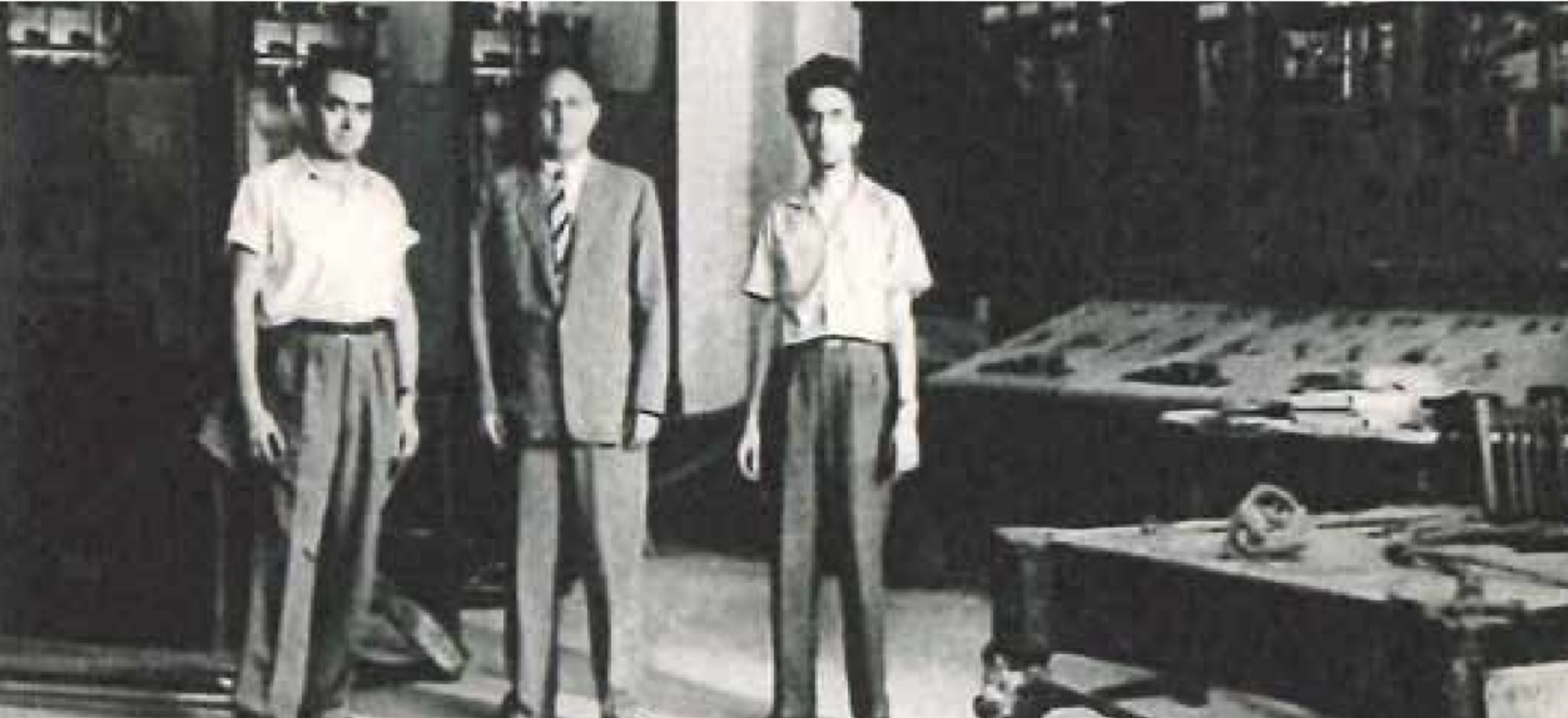
Rector Constantin Dinculescu on the construction site of High Voltage Technique Laboratory in Polizu, 1960. de Tehnica Tensiunilor înalte din localul Polizu, 1960
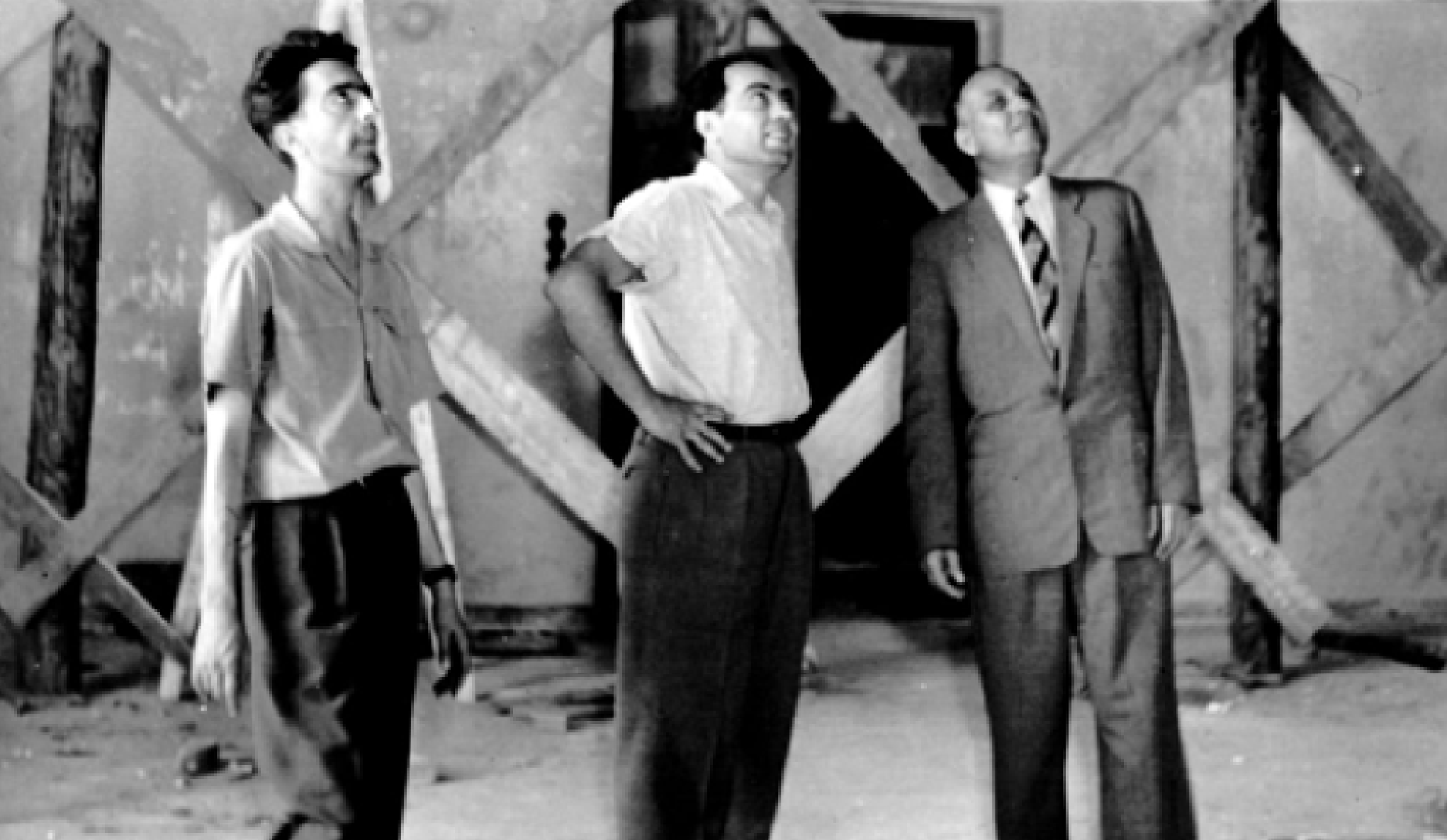
In 1962, the first practical works of students began in the High Voltage Technique Laboratory in the M building of the old university’s campus.
In 1962, the specialization in Automatic Control was approved within the Faculty of Energy Engineering, detached from the faculty in the academic year 1966, with the establishment of the Faculty of Automatic Control and Computer Science.
On June 28, 1965, through the efforts of the rector Constantin Dinculescu, it opened in Splaiul Independenței no. 313 the construction site for the construction of the largest higher education campus in the country, the new headquarter of the Polytechnic Institute of Bucharest. In the academic year 1969-1970, the move to the new headquarter and the organization of activities in the new conditions began.
The plan for the construction of nuclear power plants in Romania led to the establishing of Nuclear Power Plants specialization in 1967, within the Faculty of Energy Engineering.
In 1967, the university's collaboration with UNDP UNESCO began, from which our faculty benefited from:
- Partial financial support for the realization of the High Voltage Technique Laboratory (TTI);
- The deployment in Bucharest, for consulting, of some recognized specialists in the field of high voltage technique;
- Awarding scholarships to young professors for one year at universities or research units specializing in high voltage technique in Europe.
Training courses for young teachers, as well as the presence of valuable specialists from the universities of Zurich, Aachen, Lausanne, Bangalore have contributed not only to the development of HVT knowledge but also to the beginning of important scientific collaborations with Western European research centers, such as EdF and the University of Leeds.
In 1972, the Industrial Energy Engineering specialization was established, to train specialists for the design, coordination and maintenance of energy installations.
In 1973, through the efforts of Professor Alexandru Diacon, the design works of the ELa building began, which included the laboratories of the Department of Hydraulics and Hydraulic Machinery, but also laboratories of the Nuclear Power Plant specialization.

In 1974, the development of the external platform of the High Voltage Technique Laboratory began, carried out with funds from the Bucharest Electricity Distribution Enterprise (IDEB), an activity coordinated by Professor Dorin Cristescu.

To meet the new challenges on the labor market, since 1990, in addition to the 5 basic specializations of the Faculty of Energy Engineering (namely Thermal Power Engineering; Electric Power Engineering; Hydropower Engineering; Nuclear Power Plants and Industrial Energy Engineering), 3 new specializations have been added: Applied Informatics in Energy (which until 2005 was called Computerization and Management of Energy Processes), Environmental Engineering and Economic Engineering, respectively.
Starting with the 2005-2006 academic year, UPB started to organize university study programs on the three cycles (bachelor's, master's and doctorate), according to Law 288/2004 (Annex 1.2).
In 2006, the evolution of the economic environment determined the transformation of the specializations of undergraduate studies in Electrical Power Engineering and Industrial Energy Engineering, both as a form and as a name, in the Power Systems Engineering, respectively Energy Management. The Nuclear Power Plants study program has been renamed Energy and Nuclear Technologies. The three specializations created after 1990 have also been renamed: Industrial Informatics, Engineering and Environmental Protection in Industry and Economic Engineering in the Electrical, Energy and Electronic Fields, respectively.
At the initiative of Professor Adrian Badea, starting with 2008, within the framework of the energy efficiency program launched by the University POLITEHNICA of Bucharest, the Thermal Power Plant Laboratory (CET) was modernized (initially put into operation in 1975). It has been operating in cogeneration since 2010.

In 2008, the Platform "Renewable Energy Sources and Sustainable Development" was inaugurated at the Faculty of Energy Engineering.
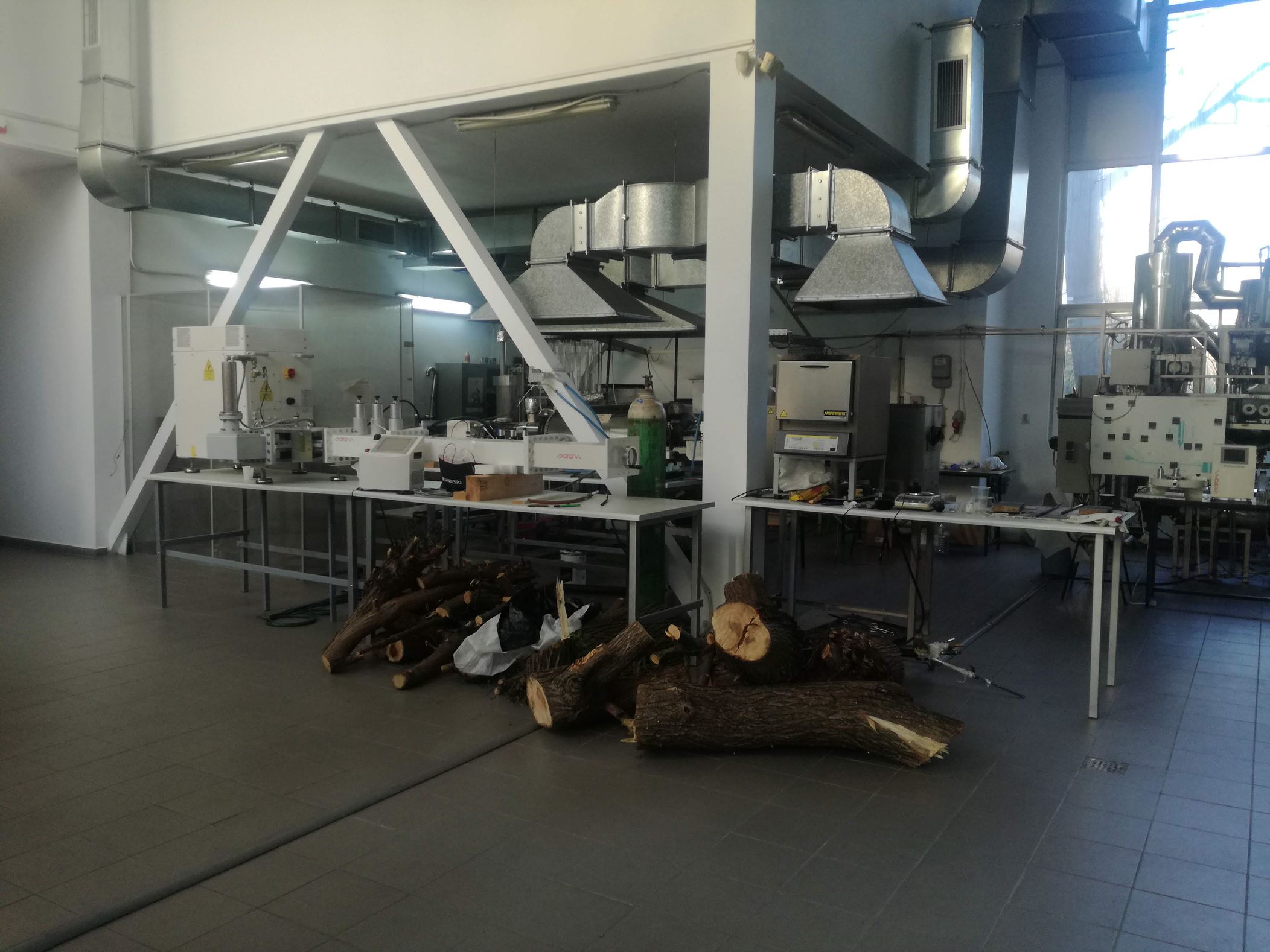
In 2010, the Passive House was inaugurated - a project of the Faculty of Energy Engineering, which aimed at building two mirrored houses to meet the standards of passive houses.

Given the challenges and opportunities offered by current concerns about the environment and the sustainable use of energy resources, the accessibility of the population to water resources and adaptation to climate change, in the academic year 2017-2018 the degree program Engineering and Environmental Protection in Industry was integrated in the field of Energy Engineering with the name of Energy and Environmental Engineering in order to interdisciplinary training of specialists capable of working competitively in all fields and areas of the energy and environmental sector in the country and abroad.
Current concerns about information technology in energy, the development of technologies based on renewable sources, the interconnected operation of power systems at European level, smart grids, power electronics, have led to the need for interdisciplinary training of specialists capable of solving these problems. Consequently, starting with the academic year 2018-2019, the bachelor's degree program in Energy and Information Technologies was accredited, which replaced the Industrial Informatics program.

Thus, the students of the Faculty of Energy Engineering have the opportunity to train in all fields of Energy Engineering, acquiring skills in the field of design, construction, operation, maintenance, management and activity planning of classical power plants (thermoelectric, hydroelectric, nuclear), power plants based on renewable energy sources (photoelectric, wind, micro hydropower, marine farms), respectively in energy transmission and distribution systems, but also skills in the field of environmental protection and digitalization of the energy sector.
At the present
Currently, the Faculty of Energy Engineering offers undergraduate, master's and doctoral degree programs, compatible with the European system of transferable credits and study conditions worldwide for over 2000 students annually.
The training of students is carried out in modernized laboratories, with state-of-the-art equipment, computer technology, multimedia and Internet access, which amounts to over 750000 Euros invested in equipment in the last 5 years. Among the facilities can be mentioned: Co-generation Thermal Power Plant, Passive House, Model of electric power system with industrial scale installations in the Laboratory of Electrical Part of Power Plants and Stations, Laboratory of High Voltage Technique with external testing platform, Laboratory of Electrical Equipment, Hydraulic Machinery Laboratory, Water and Wastewater Treatment Laboratory, Fluid Power Laboratory, Renewable Energy Sources Laboratory, SCADA Laboratory, Optimization and Energy Market Laboratory, Microprocessors and Electronic Circuits Laboratory, Energy Utilization Laboratory etc.
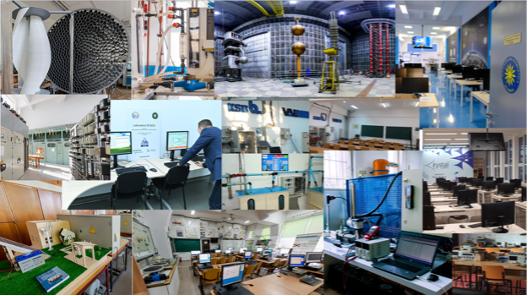
In the context of joining the energy market created at EU level and the requirements imposed by the interconnection to the European UCTE system, the graduates of the Faculty of Energy Engineering have the opportunity to choose to work in: companies producing electricity and heat (Hidroelectrica, Termoelectrica, Nuclearelectrica), Transelectrica electricity transmission company, National Energy Dispatcher, electricity and heat distribution companies, energy and environmental protection consulting companies, national authorities (ANRE, OPCOM), multinational companies (ENGIE, EOn, Veolia, Honeywell, ENEL, Vinci Energies, Siemens, Schneider Electric, Camusat, Deloitte), research and design institutes (ISPE, INCDE-ICEMENERG, INCDIE-ICPE-CA, INCDI-ICSI Râmnicu Vâlcea, ISPH, SCN Piteşti etc.), universities, NGOs, etc.
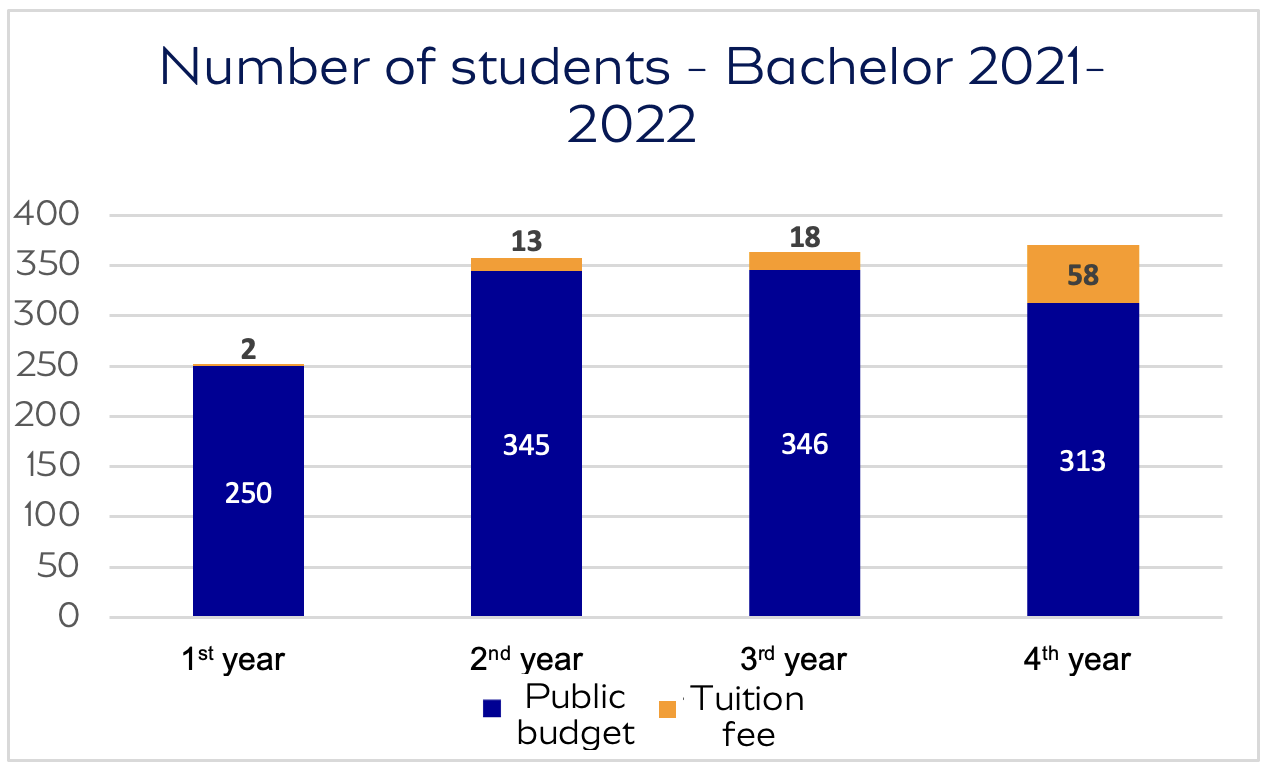
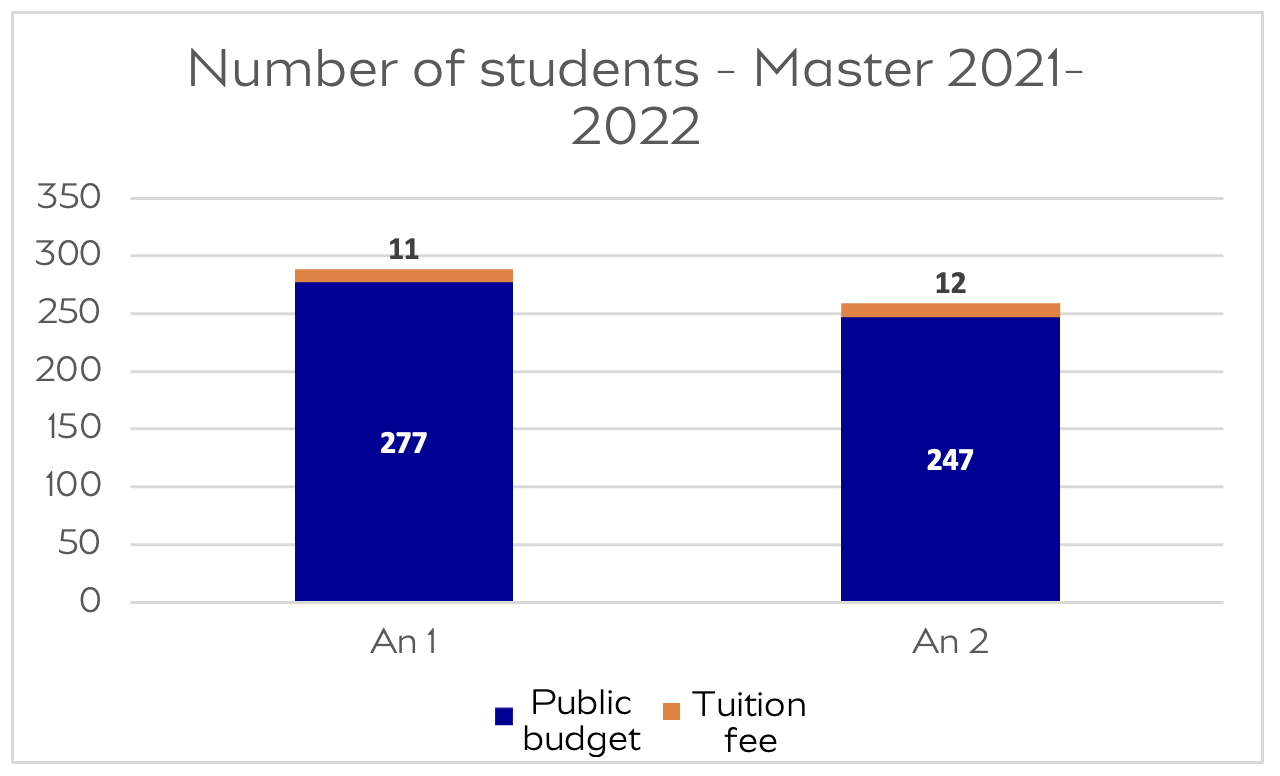

Click on the links below to find out more:
Research results